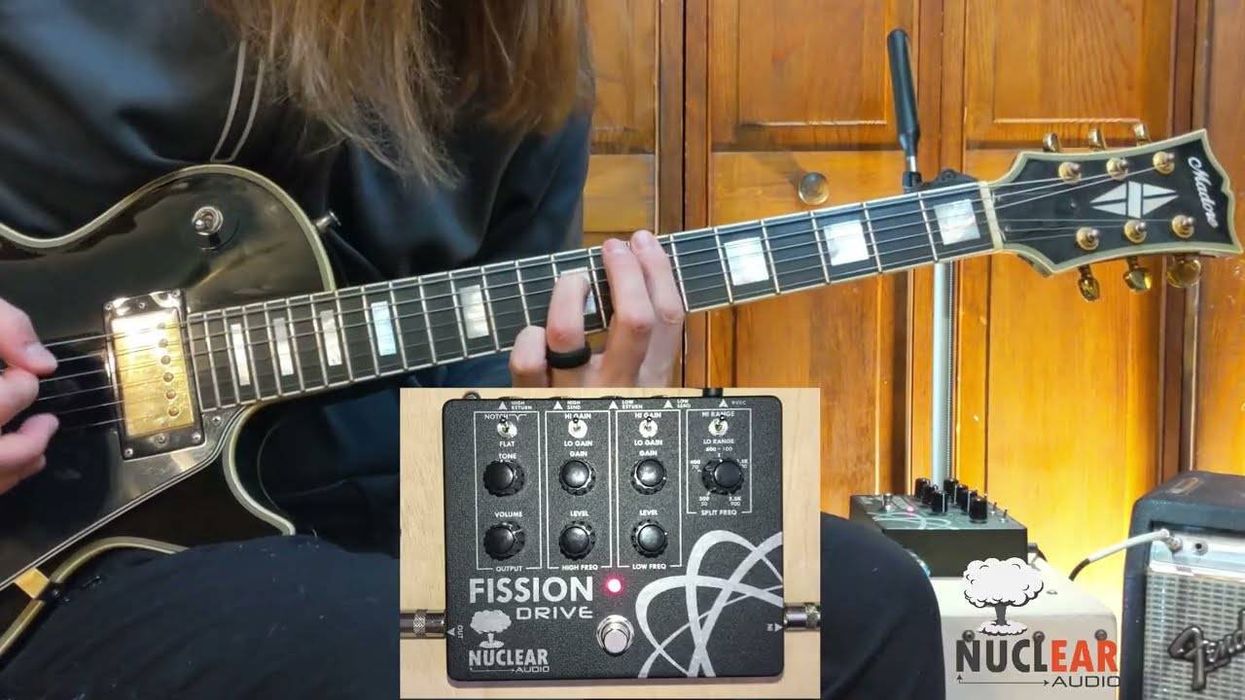Chops: Intermediate
Theory: Beginner
Lesson Overview:
• Learn the difference between a 3-2 clave and a 2-3 clave.
• Improve your 16th-note feel.
• Understand how to work single notes and chord stabs into funky riffs.
Click here to download a printable PDF of this lesson's notation.
“Can you show me some of that funk stuff?” I hear that question a lot from guitarists. I was fortunate enough to spend eight years working with the Neville Brothers, followed by the legendary Dr. John. Through these experiences, I was able to soak up a lot of rhythms and sounds of New Orleans-style funk guitar—and then use them to come up with some ideas of my own. This lesson will serve as a basic primer on some of the most important parts of New Orleans funk. It’s more laid back and looser than traditional funk guitar styles. For example, Prince or Al McKay from Earth, Wind & Fire would probably strum a rhythm part with a tighter and more staccato right hand.
The Funky Clave
A great place to begin is learning the clave rhythm and how it applies to the New Orleans sound. New Orleans has always been a melting pot of so many cultures—Caribbean, African, and European—and though I hesitate to use the generic, overused term “gumbo,” it really is a great description for the music. The influence of African culture, Spanish culture, and the Cajun people are just a few of the elements that went into creating this unique scene and ultimately the music. Enough with the history lesson, let’s dive into some rhythm ideas.
Check out the rhythm in Ex. 1. This is a basic 3-2 clave. It’s also known as the “foundation” rhythm and is a building block of bossa nova music. We call this a 3-2 clave because there are three beats in the first measure and two in the second—easy, right? You can also flip the measures around to create a 2-3 clave.
The “New Orleans” variation is shown in Ex. 2. There are many classic examples of this rhythm. A couple of great ones are “Hey Pocky Way” by the legendary funk band the Meters, and “Iko Iko,” which has been recorded by a ton of artists. One important point is to make sure you lift your fretting hand to create the mutes. “Squeeze and release” is the mantra to keep in mind. Keep the 16th-note strum going with your right hand while maintaining an even attack.
Click here for Ex. 2
We move to the funk-friendly key of E for Ex. 3. The key here will be to settle into a nice pocket and resist the urge to rush the chord stabs in the last two measures.
Click here for Ex. 3
Ex. 4 features a sus (suspended) sound in place of the more traditional voicing. Notice how we’re using the slides and half-step bend in this example. We’ve moved away from the basic clave idea, but are still firmly entrenched in the 16th-note framework.
Click here for Ex. 4
Finally, Ex. 5 offers a slinky part in the key of F. Keep your picking hand moving in a 16th-note pattern and really try to lock in the groove—even if it means simplifying things.
Click here for Ex. 5
We’ve barely scratched the surface of these concepts. For a super-funky rhythmic backup, check out this drum track I used for the examples, which was played by Doug Belote.If you’re interested in learning more of this style, make sure to delve into the rich musical heritage of New Orleans. Listen not only to the artists I mentioned earlier, but also newer groups like the Dirty Dozen Brass Band and Galactic.












![Rig Rundown: Russian Circles’ Mike Sullivan [2025]](https://www.premierguitar.com/media-library/youtube.jpg?id=62303631&width=1245&height=700&quality=70&coordinates=0%2C0%2C0%2C0)













